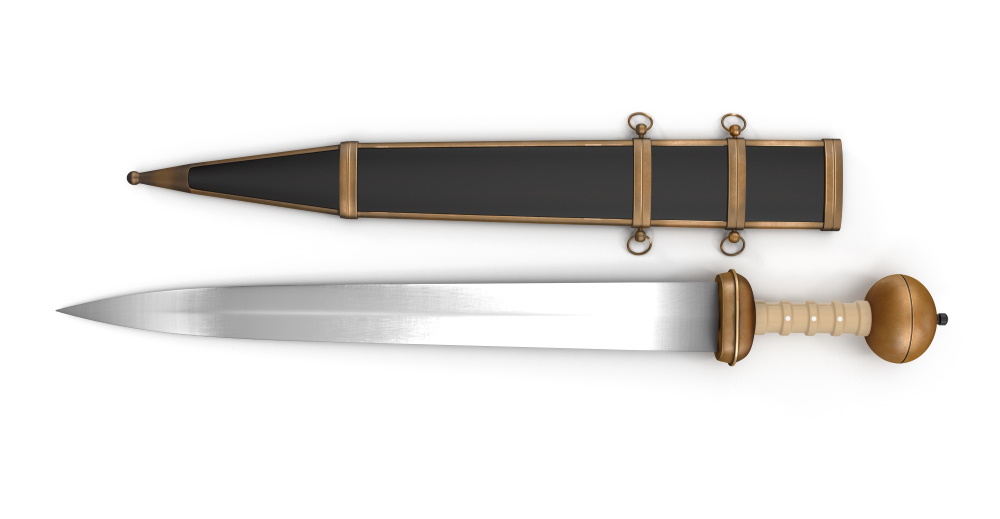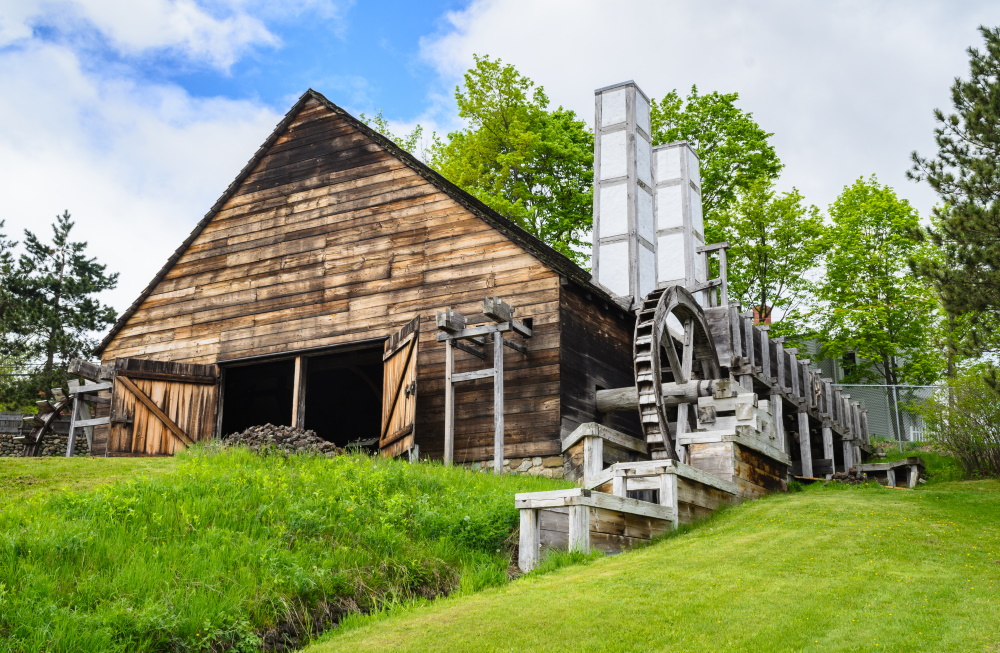
Every inanimate object you’ve touched today was mass-produced. I’d be willing to bet that for the majority of you reading this, that statement is true. There could be a few exceptions. Maybe you have a piece of unique art on the wall, or perhaps one item of furniture in the room you’re currently in was custom-made, but outside of just a handful of things, everything we touch and consume in one day is a product of mass production. From food, drink and clothes to the components that make homes and vehicles, all of these things saw some form of a production line.
Just consider what you’re using to read these words. Is it a tablet or a smartphone? Are you using your laptop or desktop computer? All of these things aren’t just mass-produced themselves, but the parts of their parts are mass-produced, too. There was a production line for the processor and another for the ram chip, a line that manufactured the highly sensitive touchscreen or the monitor and another production line to assemble the final product and then another to make the box it came in. Heck, even if you’ve printed this out and are reading it on good, old-fashioned paper, there were still numerous production lines that had to function to get these words on a sheet for you. It is nearly impossible to live in our world and not consume anything mass-produced in one way or another.
Often overlooked and forgotten about by most, the topic of mass production is an entertaining one and it is in that spirit that Bid On Equipment is bringing you this series. In the upcoming months, we are going to explore the ins and outs of mass production. We’ll go back in time, and take a glimpse forward. We’re also going to look at the state of mass production today. You might be shocked to learn just how much we consume through this process. We hope you stick around and dive into the strange and wildly interesting world of mass production with us.

We live in the age of mass-production, bombarded with ads as we stare into the blue light, we are driven to desire all the shiny new objects we see. Mass-production has lead to mass-consumption, and our lives are scattered with the evidence. It feels like a new thing, born of the industrial revolution, but mass-production solves an ancient problem, one that has been around since the dawn of civilization: how do we make more with less?
Believe it or not, mass production began in the ancient world when food security and warfare were the pressing needs of the day. It is not surprising that one of the first appearances of production en masse was for war. The Romans found as they tried to conquer all the things that their swords were too cumbersome to be effective in battle. These warriors were already carrying around a shield, a couple of spears, some daggers and sometimes even darts. Lugging around a massive longsword on top of all that was tiresome and sometimes worked to thwart their plans of global domination. Training new troops proved a difficult task without uniformity in weapons, and as the Roman forces progressed into new territory, sometimes large amounts of new weaponry were needed fast. A solution was required to streamline the production of a lighter, more effective sword that could be uniformly produced in any blacksmith shop.

Enter the gladius. This sword was smaller and lighter than a longsword and could deliver as brutal a blow. Made from mostly steel, the gladius was one of the first products of an assembly line. Using an ancient version of a power hammer, one man would beat out the steel, another would complete a rough grind. Passing the sword on along the assembly line, another blacksmith would refine the grinding, and yet another would add the handle or hilt. The production line provided the Romans with weapons that were all the same size, weight and quality and matched that with which they had been trained. This process helped turn the Roman army into the conquerors we remember them as today.

Food security was also a huge motivator in the ancient world, and the need to feed growing numbers of people drove much innovation and problem-solving. For examples of inventive methods of food production in the ancient world, we look to the Romans yet again. This time, these clever conquerors are in the south of France mass-producing flour. The Romans built one wheel above another, which was built above another and so on, sixteen times. Water flowed downhill turning all sixteen wheels and milling enough flour to feed a small army every day. These mills are known as the Barbegal Mills and are considered “the greatest known concentration of mechanical power in the ancient world.”
Innovation and problem-solving were also going on in the East, where they were hard at work, perfecting the mass-production of crossbow triggers. In the pre-Han era of China, warriors used bronze crossbow triggers, which didn’t require as much technique or expertise from the user. Our knowledge of this ancient Chinese technology comes from the study of the famed Terra Cotta warriors. While the bows and arrows themselves didn’t survive years in the dirt, the bronze triggers are still around, along with arrowheads and the nuts and bolts that kept the crossbow together. These triggers and their parts were all cast using moulds for uniformity. The overall size, shape and weight of the bow were standardized to ensure the resulting product functioned as its designers intended. There are hypotheses that the uniformity and standardization of the pre-Han bronze crossbow trigger suggest a sort of assembly line of production in batches. Some research even suggests they used stacked moulds to create more substantial quantities of the same parts all at once.

As we moved into the middle ages, new reasons to find ways to produce items on a mass scale arose. The 1400s saw the demand for books boom, and with it, came solutions for mass-producing paper. Before the 1400s, paper making was an artisan craft and had only been practiced by individuals. When more and more books began to get published and the public’s desire for knowledge grew, that changed. Paper was required in larger quantities to print books, and so came innovative new methods of creating more substantial batches of paper at a time. In Italy, papermakers would harness the force of rapid mountain streams to power large-batch drop hammers. Human waste also came in handy, providing the ammonia to break down the fiber source.

At home in the United States, one of the first instances of mass production was the Saugus Iron Works in Saugus, Massachusetts. This foundry ran from the 1640s to the 1670s and was able to produce a ton of cast iron per day. That level of output was made possible by the seven enormous water wheels that worked in conjunction with each other to fuel power hammers as well as a huge blast furnace. Before Saugus Iron Works, iron products had to be imported from England and other parts of the world. This foundry brought relatively inexpensive building materials, cookware, weaponry and horseshoes to the New World. The Iron Works was so prolific in its output that it soon saw its products exported to other places across the globe.
In the early years of human innovation, mass production proved its usefulness in many ways. At one point in time, it was a solution to meet growing needs. Over the centuries, however, it has turned into a solution to meet our growing desires. That, of course, all started with the Industrial Revolution.
In the next part of our series on mass production, we’re going to look at the causes of the industrial revolution. We’ll learn about how the screw-cutting lathe, a simple machine with a simple purpose, changed everything. We’ll see how steam power fueled the rapid growth of many industries and of course, we’ll talk about the downside of it all: the working conditions that became extremely dangerous with the introduction of heavy machinery. Stay tuned to read about how this rapid shift in global economics has led to the mass consumption we’re all familiar with today.